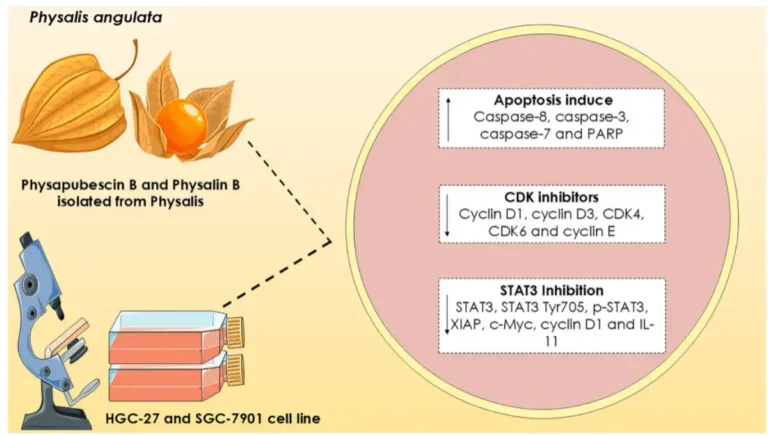Scientists develop new technique that makes skin transparent

Researchers have developed an innovative technique to visualize internal organs of the body by making overlapping tissues transparent to visible light. The surprising approach, which uses a safe food dye, has been shown to be reversible in animal tests and can be applied to a variety of medical diagnostics, such as detecting lesions, monitoring digestive disorders and identifying cancers.
The research was published by Stanford University scientists in the journal Science on September 6, 2024, under the title “Achieving optical transparency in live animals with absorbing molecules”.
Guosong Hong, assistant professor of materials science and engineering at Stanford, who led the study, commented on the future of the technology: “In the future, this technology could make veins more visible for blood collection, make it easier to remove tattoos with a laser or help with the early detection and treatment of cancers”.
Hong highlighted the possible application in cancer treatments: “For example, certain therapies use lasers to eliminate cancerous and pre-cancerous cells, but they are limited to areas close to the surface of the skin. This technique may be able to improve light penetration.”
To achieve this, the researchers created a model that predicts how light interacts with dyed biological tissues, taking into account factors such as dispersion and refraction, processes that affect the trajectory of light. Scattering, for example, is what makes the body opaque, since different components, such as fats and proteins, scatter light in different ways.
The breakthrough came when the team realized that, in order to achieve transparency, it would be necessary to harmonize the different refractive indices of biological materials. Light-absorbing dyes such as tartrazine (the food coloring known as FD&C Yellow 5) proved ideal. When dissolved and absorbed by the tissues, the tartrazine molecules align the refractive indices, making the tissues transparent.
The first tests were carried out on slices of chicken breast. As the concentration of tartrazine increased, the refractive index of the muscle cells adjusted to that of the proteins, resulting in transparency. The next step involved applying a tartrazine solution to mice, which made their skins temporarily transparent, revealing blood vessels and internal organs in high resolution.
After use, the tissues quickly returned to their natural opacity, with no long-term side effects, and the excess dye was excreted within 48 hours. The expectation is that injections of tartrazine will allow even deeper visualization, with possible medical implications.

The project began as an investigation into the interaction between microwaves and biological tissues. During the research, the scientists revisited classical concepts of optics, such as the Kramers-Kronig relationship and the Lorentz oscillation, applying them in a new way to biology.
Nick Rommelfanger, a postgraduate researcher and one of the pioneers of the study, saw potential in adapting these optical concepts to the visible spectrum, with major medical implications. Zihao Ou, post-doctoral researcher and lead author of the study, conducted a rigorous analysis of the dyes, resulting in the discovery of tartrazine as an ideal candidate.
Achieving optical transparency in live mice with absorbing dye molecules.
![Strongly absorbing molecules dissolved in water can modify the RI of the aqueous medium through the Kramers-Kronig relations to match that of lipids. This approach can render various samples transparent, including scattering phantoms, chicken breast tissue, and live mouse body for visualizing a wide range of deep-seated structures and activities. Scale bars, 5 mm. [The schematic was prepared using BioRender.com]](https://www.science.org/cms/10.1126/science.adm6869/asset/84111b50-3e09-4562-911f-23c42151dacd/assets/images/large/science.adm6869-fa.jpg)
The breakthrough was only possible with the use of sophisticated tools such as the ellipsometer, which, although traditionally used in the manufacture of semiconductors, played a crucial role in predicting the optical properties of the dyes.
Richard Nash, NSF Program Director, highlighted the importance of Stanford’s research facilities: “Advanced research facilities constantly strive to strike the right balance, providing access to basic tools and expertise while at the same time making room for newer, larger and more powerful instrumentation. While a basic instrument such as an ellipsometer rarely makes the headlines, it can play a crucial role when deployed for atypical uses.”

The research by Hong and his team suggests the emergence of a new field of study combining dyes with biological tissues for medical applications. Optics expert Adam Wax, who also supported the work, praised the innovation: “As an optics expert, I am impressed that they have achieved so much by exploiting the Kramers-Konig relationship… Hong has managed to move in a bold new direction.”






